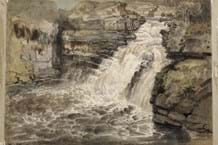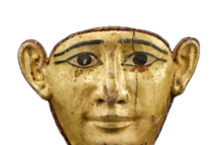Pinault bought the statue for Fr4.6m (hammer) at Olivier Coutau-Bégarie’s sale at the Hôtel Drouot in Paris on November 10, 1998. It was described as a statue of Sesostris III (1878-1843BC).
Pinault’s request to rescind the sale came after Paris daily Libération published remarks made after the sale by Professor Dietrich Wildung of Berlin’s Ägyptisches Museum, claiming he had reasons to suspect the statue of being a 20th century fake.
Two Louvre specialists appointed by the court concluded last April that the statue was a “unique masterpiece from antiquity”, while admitting that it displayed imperfections of detail which suggested it was probably made in a royal workshop after the Pharaoh’s death, but before the end of the Middle Kingdom (c.1600BC).
The court ruling on January 31 absolved sale expert Chakib Soutine – doyen of Drouot antiquities experts – and noted that the “criteria for dating works of antiquity cannot reflect the same rigour as for more recent works. The court criticized Professor Wildung’s “excessively relentless” attitude and said doubts expressed by a single person did not create a veritable artistic controversy. The court ruled that the statue’s date had not been a determining factor in buying the work. Pinault (who has right of appeal) was ordered to pay costs and damages to the expert, auctioneer and vendor (Heinz Eckert, a German notary).
Pinault must keep Pharaoh
FRANCE: A Paris court has refused the request of Christie’s owner François Pinault to revoke the sale of a statue of Pharaoh Sesostris III on the grounds that it was not authentic.




